Copyright 2019 by Theo Dombrowski
First Revised and Updated Edition
Originally published in 2013 as Popular Day Hikes 4: Vancouver Island
For information on purchasing bulk quantities of this book, or to obtain media excerpts or invite the author to speak at an event, please visit rmbooks.com and select the Contact tab.
RMB | Rocky Mountain Books Ltd.
rmbooks.com
facebook.com/rmbooks
Cataloguing data available from Library and Archives Canada
ISBN 9781771602839 (paperback)
ISBN 9781771602846 (electronic)
We would like to also take this opportunity to acknowledge the traditional territories upon which we live and work. In Calgary, Alberta, we acknowledge the Niitsitapi (Blackfoot) and the people of the Treaty 7 region in Southern Alberta, which includes the Siksika, the Piikuni, the Kainai, the Tsuutina and the Stoney Nakoda First Nations, including Chiniki, Bearpaw, and Wesley First Nations. The City of Calgary is also home to Mtis Nation of Alberta, Region III. In Victoria, British Columbia, we acknowledge the traditional territories of the Lkwungen (Esquimalt, and Songhees), Malahat, Pacheedaht, Scianew, TSou-ke and  SNE (Pauquachin, Tsartlip, Tsawout, Tseycum) peoples.
SNE (Pauquachin, Tsartlip, Tsawout, Tseycum) peoples.
All rights reserved. No part of this publication may be reproduced, stored in a retrieval system, or transmitted in any form or by any means electronic, mechanical, audio recording, or otherwise without the written permission of the publisher or a photocopying licence from Access Copyright. Permissions and licensing contribute to a secure and vibrant book industry by helping to support writers and publishers through the purchase of authorized editions and excerpts. To obtain an official licence, please visit accesscopyright.ca or call 1-800-893-5777.
We acknowledge the financial support of the Government of Canada through the Canada Book Fund and the Canada Council for the Arts, and of the province of British Columbia through the British Columbia Arts Council and the Book Publishing Tax Credit.
Disclaimer
The actions described in this book may be considered inherently dangerous activities. Individuals undertake these activities at their own risk. The information put forth in this guide has been collected from a variety of sources and is not guaranteed to be completely accurate or reliable. Many conditions and some information may change owing to weather and numerous other factors beyond the control of the authors and publishers. Individuals or groups must determine the risks, use their own judgment, and take full responsibility for their actions. Do not depend on any information found in this book for your own personal safety. Your safety depends on your own good judgment based on your skills, education, and experience.
It is up to the users of this guidebook to acquire the necessary skills for safe experiences and to exercise caution in potentially hazardous areas. The authors and publishers of this guide accept no responsibility for your actions or the results that occur from anothers actions, choices, or judgments. If you have any doubt as to your safety or your ability to attempt anything described in this guidebook, do not attempt it.
Contents
Area Map

Introduction
Vancouver Island is blessed with huge numbers of beautiful routes and trails to and amongst unforgettable peaks, along clear, rushing rivers and around picturesque lakes. Unfortunately, it is less well endowed, thus far at least, with good trails long enough to be considered day hikes and yet easily accessible on dependable roads. The hikes selected for this book are amongst the comparatively few that meet those criteria. Many beautiful routes have been excluded because they are accessible only unreliably, along logging roads subject to washouts and closures. Others were omitted because they are undeveloped routes where first-time visitors could easily lose their way. Still others make gorgeous walks but are too short to make much of a day hike. This is especially true in the northern part of Vancouver Island, where short walks, long coastal trails and faint routes account for nearly all of the walks.
A lot of great hiking is suited only to multi-day backpackers, particularly along the ridges of Strathcona Provincial Park. The same is true for the multi-day oceanfront trails for which Vancouver Island is world famous.
These oceanfront trails are excluded for another reason. This book is dedicated to the mountains, lakes and rivers and the wealth of wilderness experiences they provide. Those who would love to enjoy Vancouver Islands hugely varied coastline should turn to the companion volume, Seaside Walks on Vancouver Island.
Within this group of inland trails, visitors will find great variety. Some are wide, easy paths with little change in elevation and suitable for the whole family. At the other extreme are strenuous treks up some of the Islands highest mountains.
Almost all of these trails, though, are popular. This is particularly the case where they are maintained by municipalities, regional districts or provincial or national parks. Some are made accessible by public-spirited logging companies. Also included here are a few wonderful trails that are part of no system as yet but are made by volunteers and enthusiasts. Some of them, quite new, are popular chiefly with locals and eager walking groups so far but as word spreads, these are becoming increasingly favoured by the general public. Thus, a few of the hikes in this volume do not have clearly signposted trailheads. The trails themselves, however, are almost invariably smooth sailing.
Weather
Vancouver Islands climate is, of course, West Coast Marine, and that means moderate temperatures and considerable moisture. Be aware, though, that both of these general qualities have many exceptions. Although elevations are low compared to, say, the Rockies, the mountains of Vancouver Island are, like their larger cousins, subject to sudden changes and extreme weather. Always be prepared for a downpour or, except in July and August, the possibility of a freak snowstorm. Lightning storms are extremely rare at any time of year.
The valleys and coastal areas, in contrast, are fairly reliably moderate most of the year, though again subject to unpredictable rain. One of the glories of hiking the trails described in this book, therefore, is that many of them can be enjoyed all year round at least on good days. Even many of the mountains, those with low avalanche danger, are regularly climbed in snowy conditions. Only hikers with the proper experience and equipment, however, should venture into the mountains in winter.
Wildlife encounters
Vancouver Island does not have grizzlies. While it does have black bears and many of them they seem, mysteriously, even less likely to be aggressive than their mainland kin. There have been a few exceptions, however. Hikers should make their presence noisily known and avoid confrontations. Bear bells, noisemakers (some recommend a compressed-air horn over bangers), and pepper spray increase the safety margin for small groups in remote areas and in high-incidence locations such as berry fields and salmon-filled rivers in the fall.



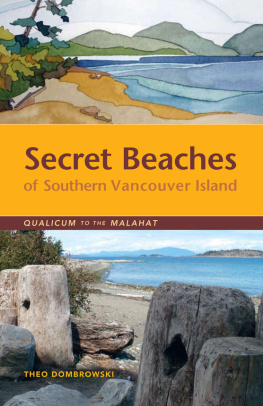
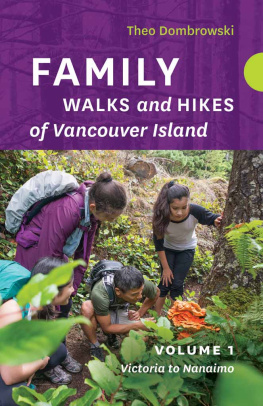
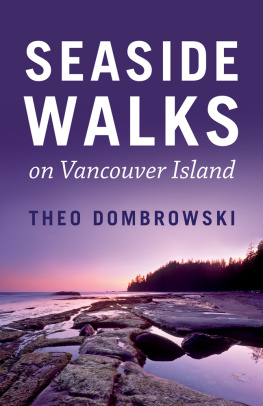
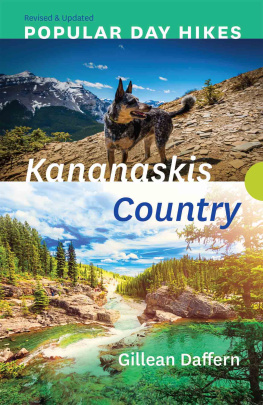
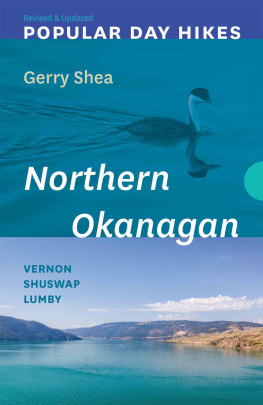

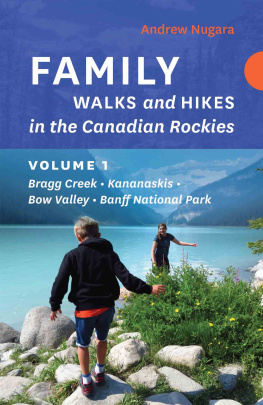

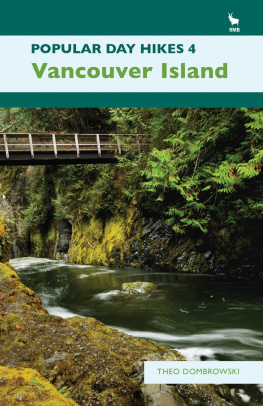


 SNE (Pauquachin, Tsartlip, Tsawout, Tseycum) peoples.
SNE (Pauquachin, Tsartlip, Tsawout, Tseycum) peoples.